Livestock Grazing and Wilderness
Livestock grazing and Wilderness. Domestic livestock grazing in Wilderness is contraction to the Wilderness concept!
Livestock grazing degrade Wilderness landscapes, threatens native species, reduces water quality and spreads invasive weeds. Grazing in Wilderness affects natural fire regimes, accelerates soil erosion, damaging riparian and upland ecosystems and forests. Further on any forage consumed by domestic livestock is not available for native wildlife. And last but not least camping and picnicked among sheep or cattle — or more likely their droppings — detracts any kind of Wilderness experience.
Wilderness and Extractive Uses
Livestock grazing is an example of extractive use incompatible with European Wilderness Quality Standard:
”The core zone have any human extractive use or human intervention, not even fire control, disease control, wildlife management or invasive species control”.
Livestock Grazing is however traditional way of natural resources use, it provides livelihood for thousands of people depending is livestock profitability. For example National Sheep Association (NSA) is an organisation that represents the views and interests of sheep producers throughout the UK. It is funded by its membership of sheep farmers and its activities are involved in every aspect of the sheep industry. This Association has limited interest to identify for example more acceptable grazing level as a reaction on massive overgrazing in country and reduce unsustainable number of sheep roaming all over the country.
The statetmens from this report such as
“Sheep play an important part of maintaining the biodiversity of the current, perfectly functioning ecosystem, which would be disrupted by the introduction of an unnecessary predator. Reintroduction of lynx would be a costly, complex process, with little benefit to the woodlands or ecosystems as a whole… “
just indicate opinion which is in strong contraction with opinion of others group of people and stakeholders such as European Wilderness Society or Rewinding Britain.
Good example of this contradiction is the Lynx reintroduction by Lynx Trust UK with the aim of boosting rural economy, ecology and regenerating forests. The initial trial period of five years would see four to six wild adult lynx released at three sites in Aberdeenshire, Northumberland, Cumbria or Norfolk.
NSA expresed number of concerns about this project, not just because of the anticipated predation on sheep. These concerns are discussed in the attached paper and for example claims that sheep increase biodiversity further on believes that grazing enhances biodiversity, etc.
The independent environmental consultancy isn’t so sure.The number of independent environmental consultants are not sure about this conclusion! They believe that reintroducing of the Eurasian lynx as a keystone species is a critical important activity restoring Britain ecosystems. Reintroduction of lynx is similarly important as introduction of beavers and pine marten, both subject to separate reintroduction projects.
A keystone species is one that has a large impact on its community by controlling the dominance of other species or by changing habitat structure (beaver dams, for instance). It can therefore have a big impact on biodiversity and wildlife.
In its report, the NSA states that traditionally grazed woodlands should be introduced to enhance biodiversity. On the contrary many ecologists and habitat managers argue that woodlands are reduced in biodiversity and structural quality as a result of intensive grazing, both from deer and sheep, and that efforts to minimise deer populations in woodlands are a priority.
The reintroduction of lynx could reduce deer numbers by introducing an ‘ecology of fear’ and therefore restore the health and biodiversity of our woodlands by allowing ground flora and associated species to regenerate. Indeed, ambush predators such as the Eurasian lynx may have a stronger affect than wolves. Sheep can also damage woodland edge habitats where intensive grazing can reduce floristic diversity of grassland (and therefore have impacts on other wildlife, including bats) and expose woodland to.
Read more about Rewilding Britain’s views on Lynx reintroduction here!

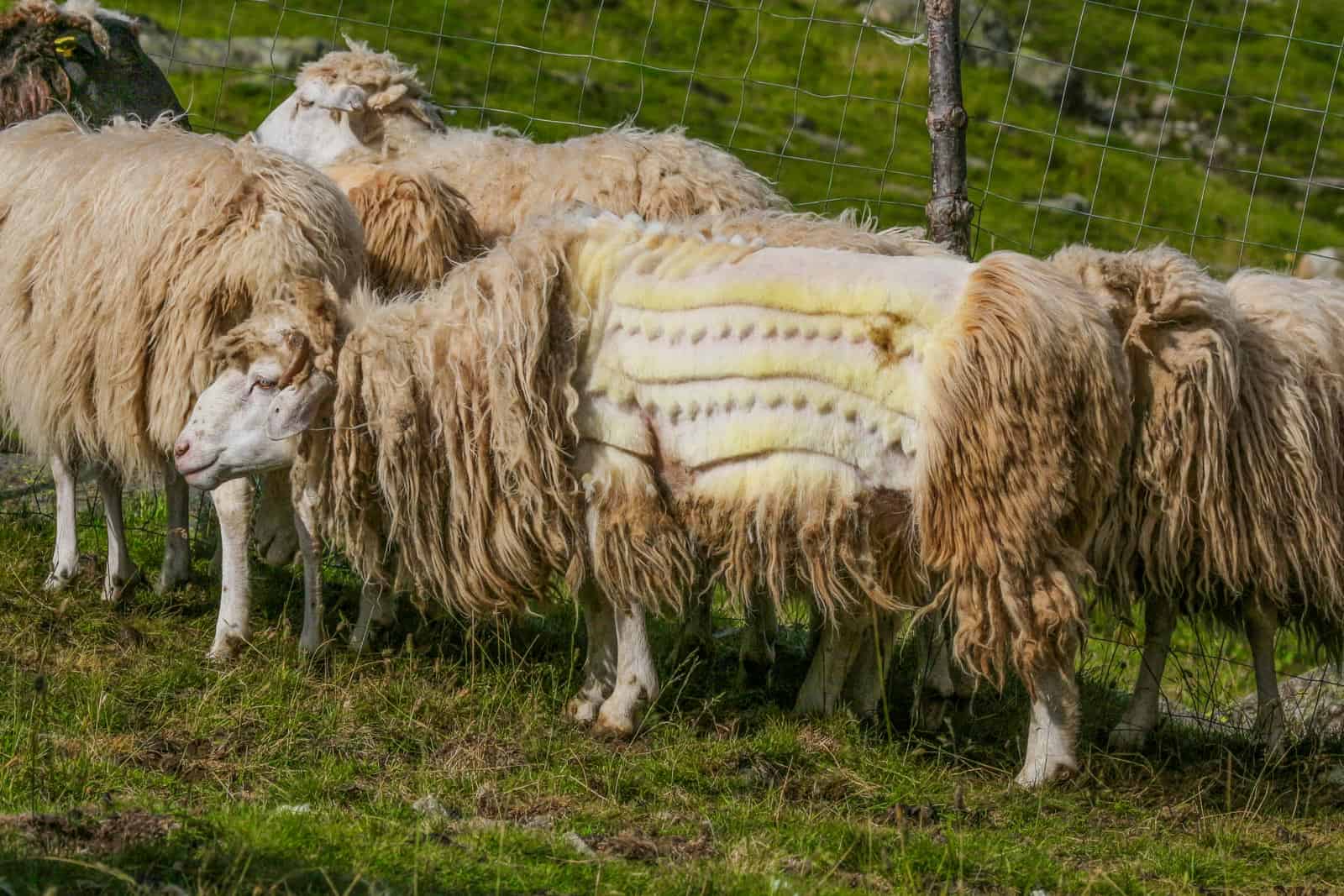
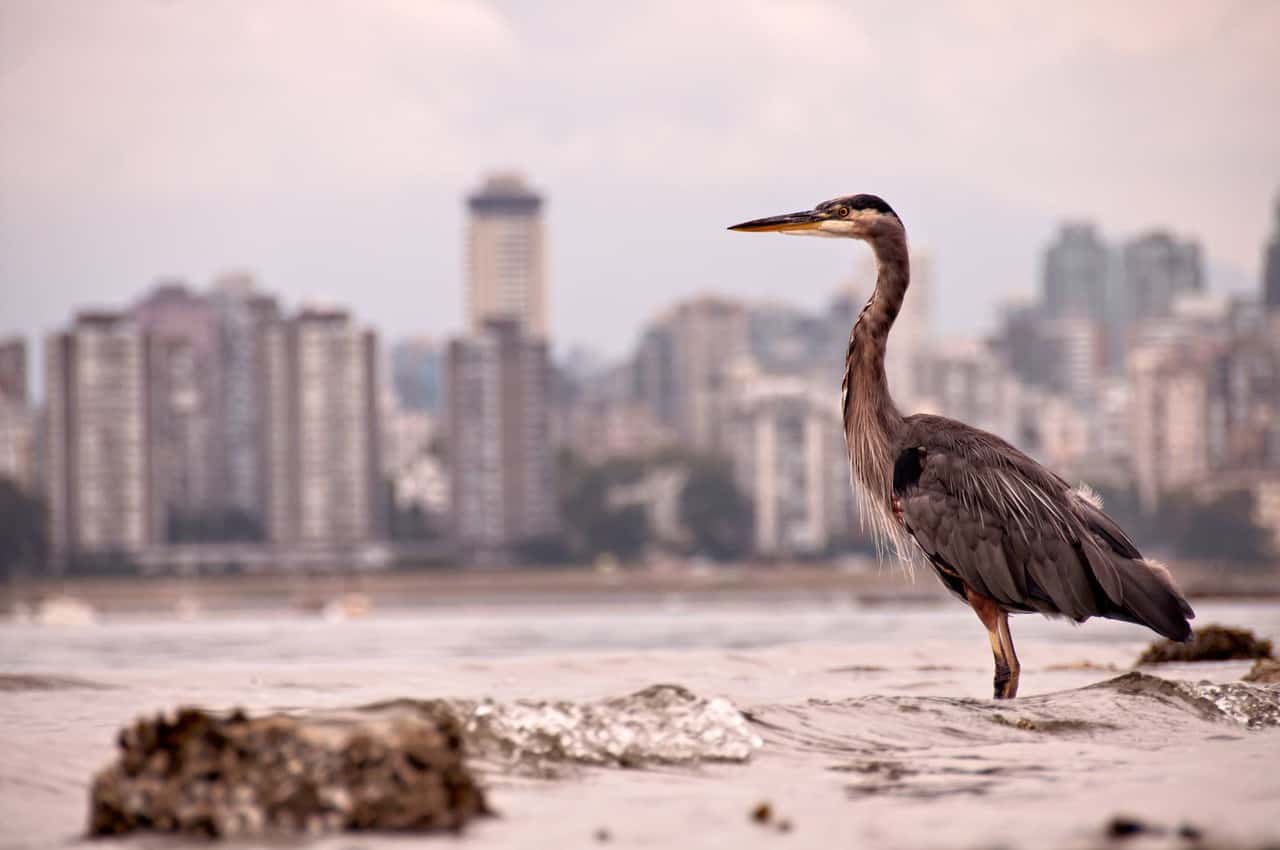
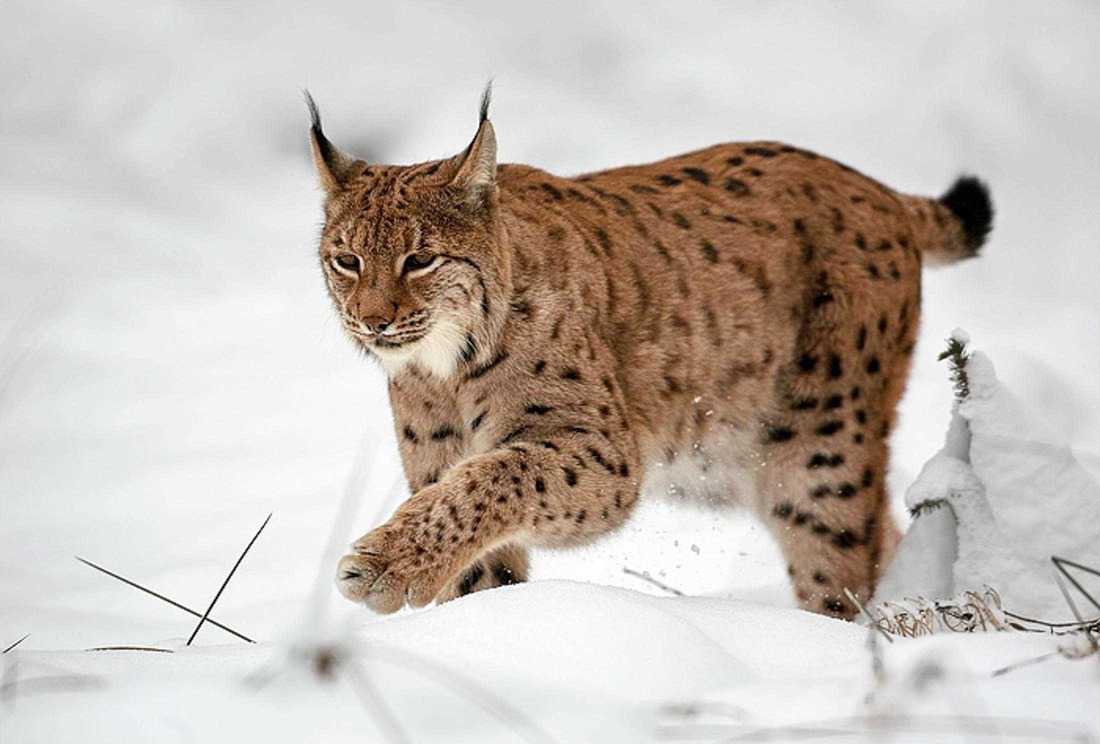
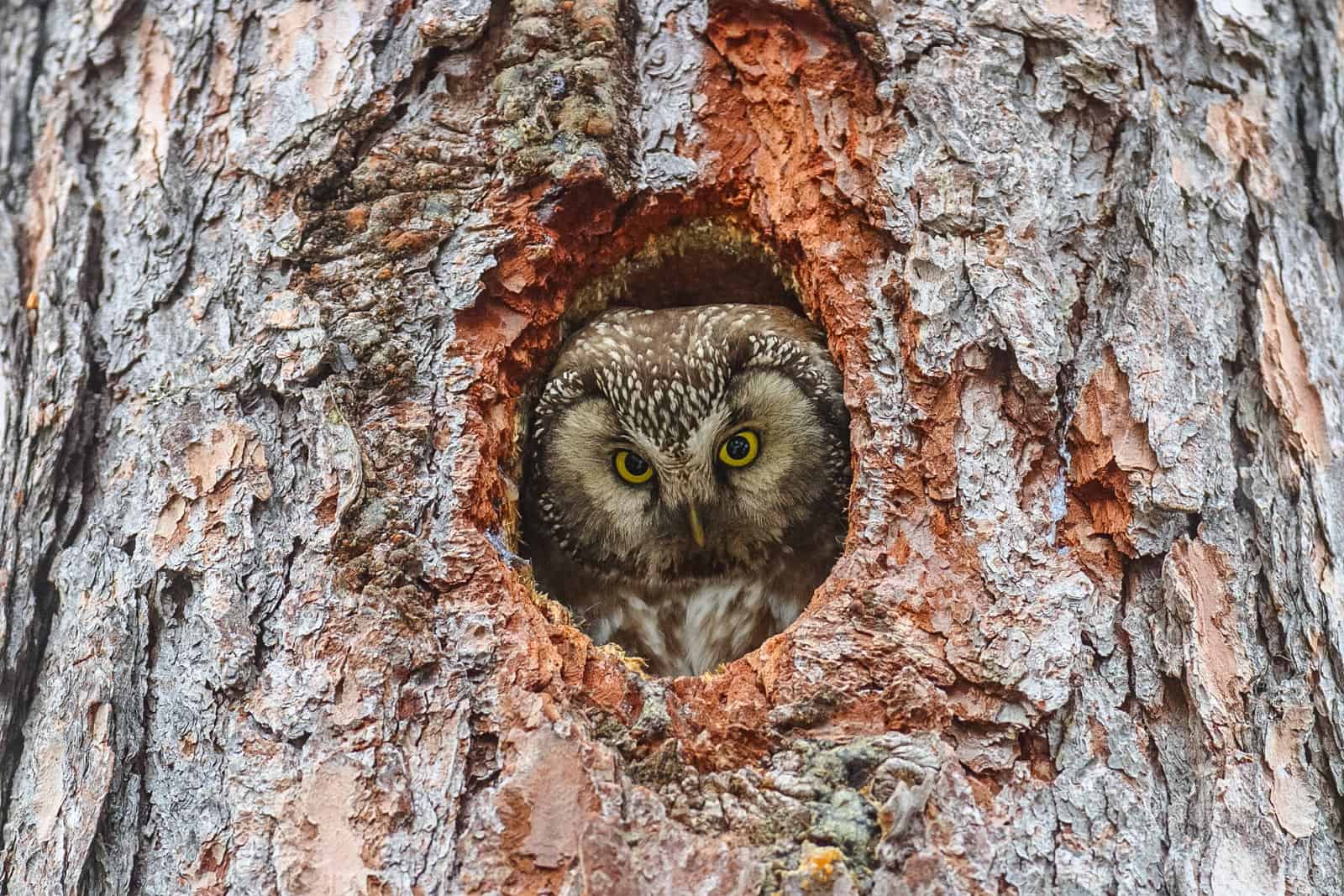
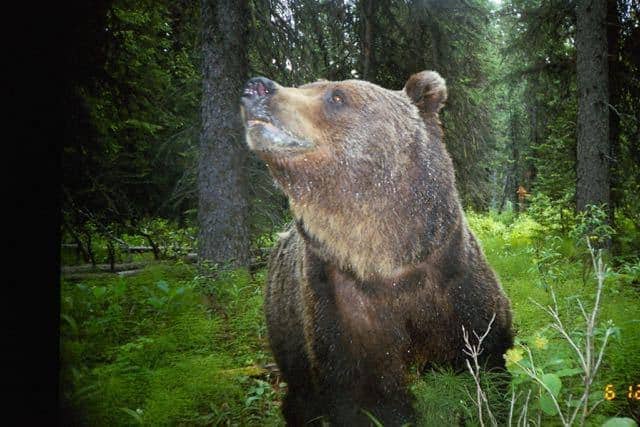
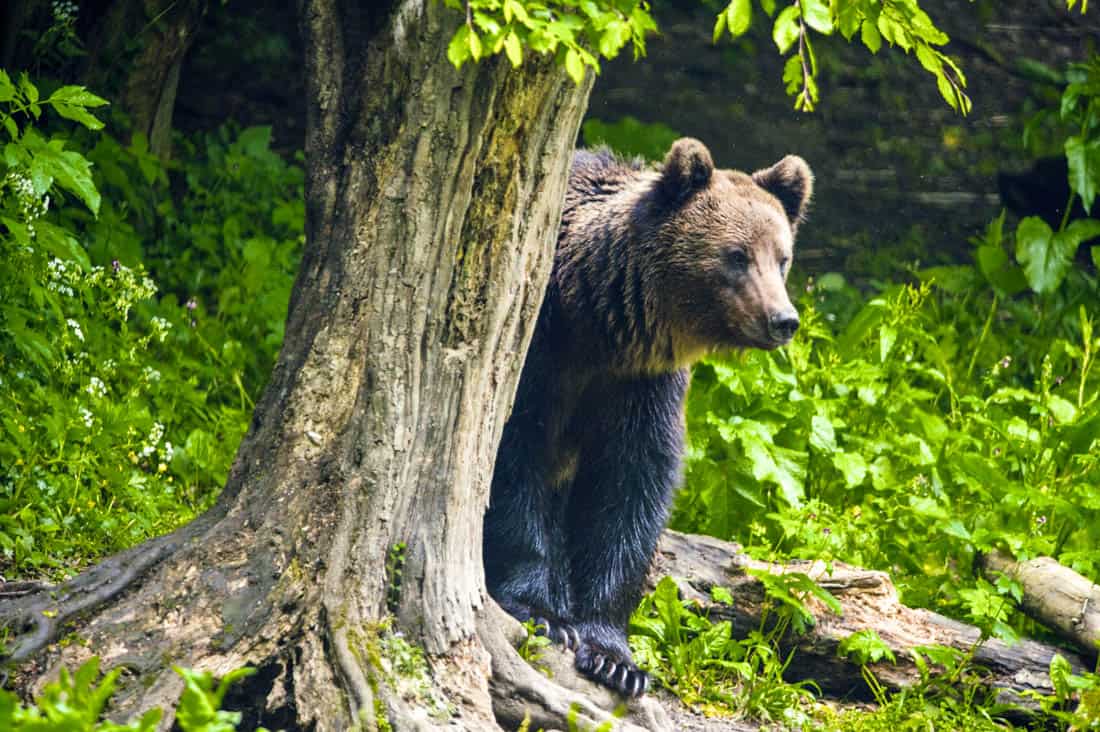
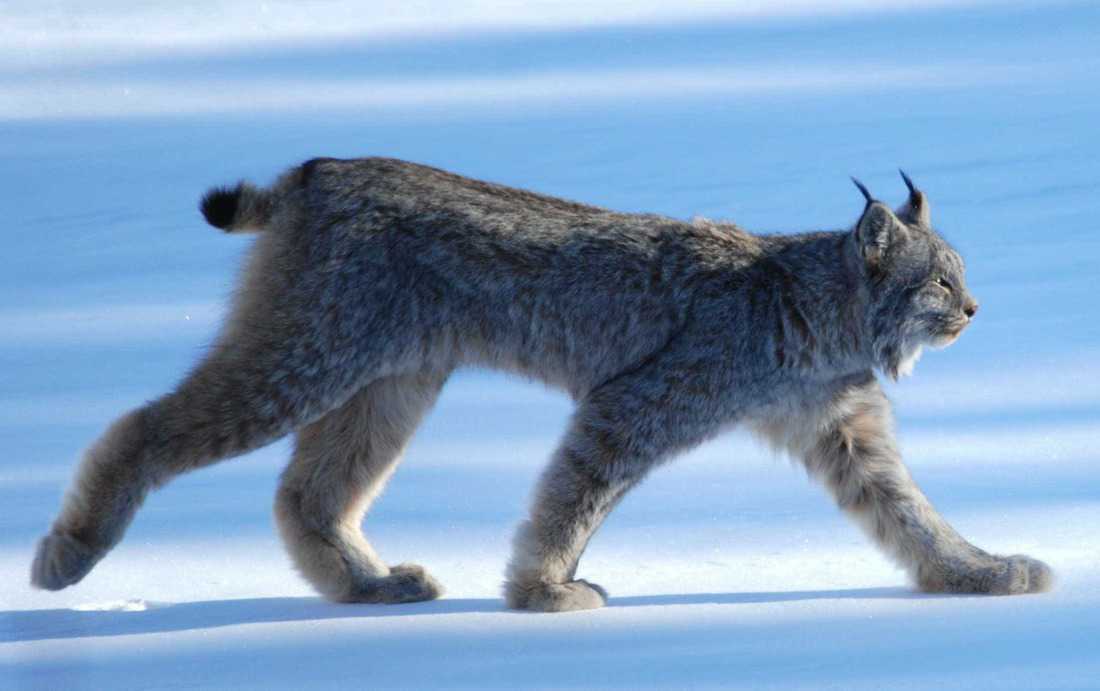

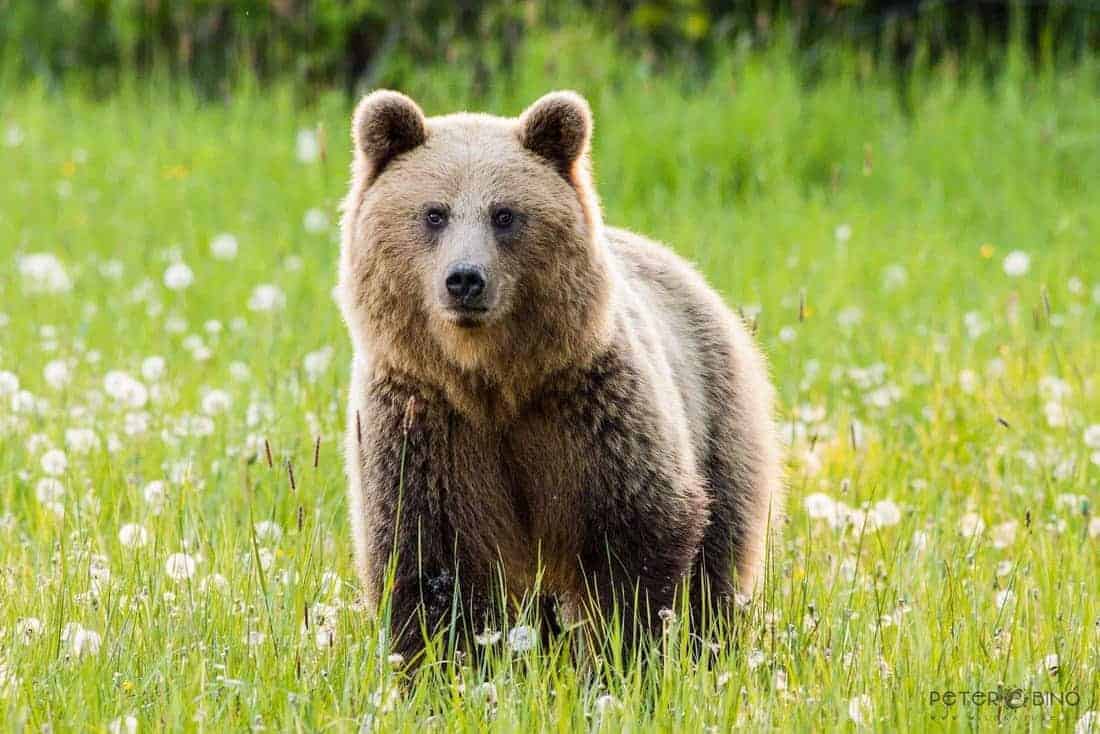
Domestic livestock grazing in wilderness is not compatible with the European wilderness concept! Livestock grazing degrade wilderness landscapes, threatens native species, reduces water quality and spreads invasive weeds.
In all natural systems there is a great need to protect the natural wildlife and the environment and this is placed under severe constraints when domesticated animals are allowed free reign. In a natural environment any herd animal would naturally migrate from one area to another as grazing conditions would indicate and this cannot exist with fences and farming practices as farmers require their sheep or cattle to be accessible and visible. The mono grazing habits of domestic stock can be damaging to natural areas as these habits are restrictive and do not allow variations in grazing habits and of certain fodder species to spread the load of grazing pressure as a wider variety of natural grazers would do. Norman Doak Johannesburg South Africa